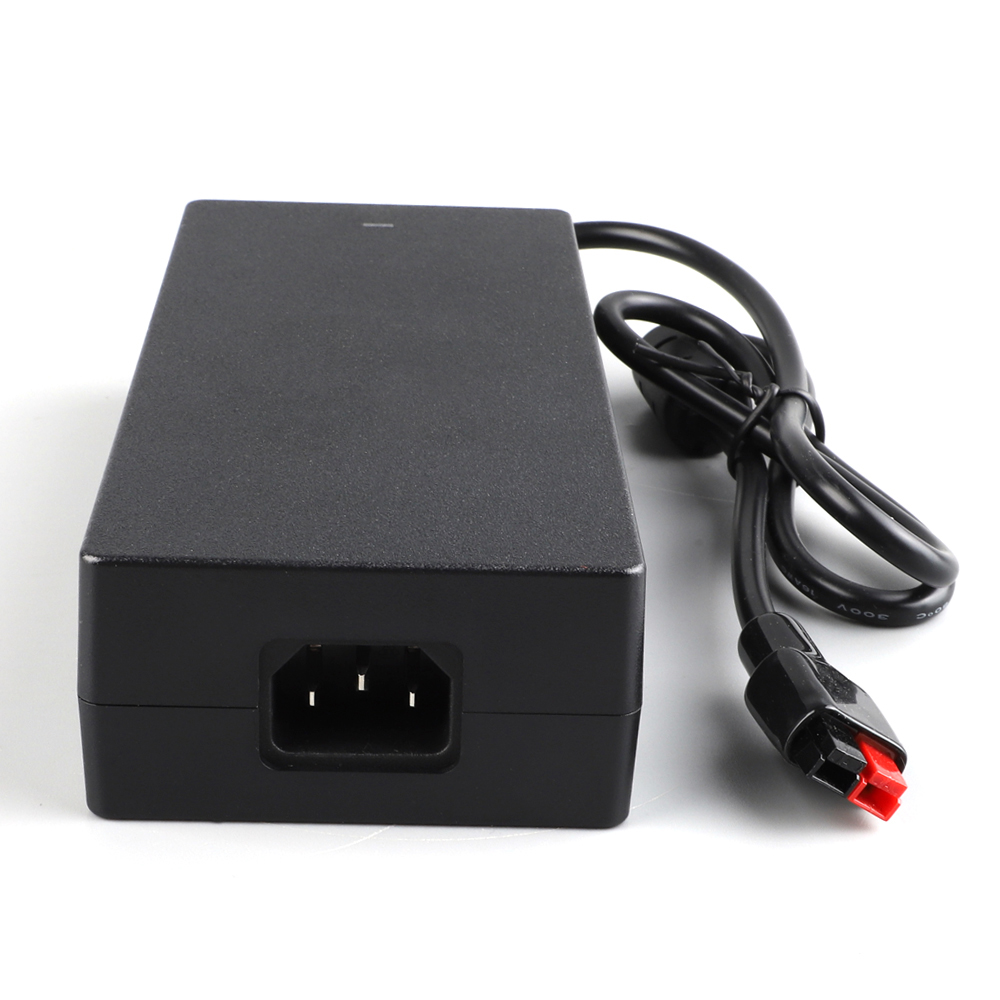Blog
How does a battery charger charge a lithium battery?
Views : 853
Update time : 2023-03-15 15:00:39
Most lithium-ion batteries come with a charger or you can buy a separate charger. Li-ion batteries need to be charged with a specific voltage and current, so not just any charger will do.
The charger usually has two stages, the first stage is called the constant current stage. This is when the charger applies a constant current to the battery until it reaches a certain voltage. The second stage is the constant voltage stage. This is when the charger applies a constant voltage to the battery until the current drops to a certain level.
When the voltage and current reach the appropriate level, the charger stops charging and the battery is fully charged. Depending on the charger, the battery can be charged at a higher rate in the first stage, or it can be charged at a constant rate throughout both stages.
It is important to use the right charger for the right battery type. Different battery types require different charging methods and if the wrong charger is used, it can damage the battery. It is also important to use a charger that is designed for lithium-ion batteries. Chargers designed for other battery types can damage the battery.

Lithium batteries are most commonly used in consumer electronics such as laptops, tablets, and smartphones. They are also used in digital cameras, e-cigarettes, and portable gaming systems. Electric vehicles also use lithium batteries to power their motors.
In addition, lithium batteries are used in medical devices such as pacemakers, hearing aids, and insulin pumps. They are also used in emergency lighting systems and in industrial equipment such as forklifts.
Lithium batteries are popular because they are lightweight, long-lasting, and can be recharged. They also have a low self-discharge rate, meaning that they can retain their charge for long periods of time.
In conclusion, lithium batteries are an ideal source of power for a wide range of devices. They are lightweight, powerful, and rechargeable, making them an ideal choice for consumer electronics, medical devices, and industrial equipment.
The charger usually has two stages, the first stage is called the constant current stage. This is when the charger applies a constant current to the battery until it reaches a certain voltage. The second stage is the constant voltage stage. This is when the charger applies a constant voltage to the battery until the current drops to a certain level.
When the voltage and current reach the appropriate level, the charger stops charging and the battery is fully charged. Depending on the charger, the battery can be charged at a higher rate in the first stage, or it can be charged at a constant rate throughout both stages.
It is important to use the right charger for the right battery type. Different battery types require different charging methods and if the wrong charger is used, it can damage the battery. It is also important to use a charger that is designed for lithium-ion batteries. Chargers designed for other battery types can damage the battery.

Lithium batteries are most commonly used in consumer electronics such as laptops, tablets, and smartphones. They are also used in digital cameras, e-cigarettes, and portable gaming systems. Electric vehicles also use lithium batteries to power their motors.
In addition, lithium batteries are used in medical devices such as pacemakers, hearing aids, and insulin pumps. They are also used in emergency lighting systems and in industrial equipment such as forklifts.
Lithium batteries are popular because they are lightweight, long-lasting, and can be recharged. They also have a low self-discharge rate, meaning that they can retain their charge for long periods of time.
In conclusion, lithium batteries are an ideal source of power for a wide range of devices. They are lightweight, powerful, and rechargeable, making them an ideal choice for consumer electronics, medical devices, and industrial equipment.


